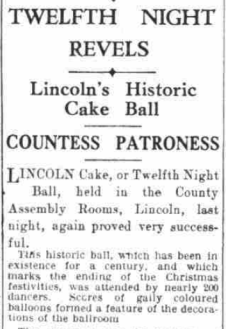An old article I wrote for Soccer History.
John Charles was one of a generation of immense talent to emerge from the schools of Swansea from the end of the 1930s to the early 1950s. Most notably, Trevor Ford, Cliff Jones, Ivor and Len Allchurch, Jack Kelsey and John’s brother Mel all went on to become international stars. In the early 1950s Swansea schoolboys won the English schools shield three times. The guidance of local teachers did much to foster this culture of footballing excellence but another local institution, Swansea Town, never benefited from it in the way that it might have.
Charles was lost to his hometown club when Leeds United ‘stole’ him (and several others) from the Swansea Town groundstaff in 1948, after a scout had spotted him playing on a public park. Charles was yet to turn sixteen and was thus technically a free agent, despite an understanding that he and other boys on the groundstaff would sign professional terms for Swansea. The FA subsequently changed the regulations on player registration to avoid any repetition.
Embed from Getty ImagesIt was thus on the international rather than domestic stage that Charles contributed to Welsh football. He made his international debut in 1950 against Northern Ireland in the home championship. As in club football, his international career was at both centre-half and centre-forward. He helped give Wales an international profile in the game; the secretary of the Italian league remarked in 1961 that ‘Wales should give Charles a medal. He has put it on the map. Nobody in Italy knew where or who it was before’. Charles won 38 caps for Wales, scoring 15 goals. It would have been far more had Juventus been happy to release him every time he was called up. Charles recalled, ‘If they [Juventus] were playing just before or just after an international I would have to stay behind. It broke my heart.’
Embed from Getty ImagesAfter Wales qualified for the 1958 World Cup his manager and teammates were unclear about whether Charles would be able to participate or not. When the Welsh party left for Sweden Charles was not amongst them. Juventus, with whom Charles had just won the Italian league, had finally agreed to release him but he was still waiting for clearance from the Italian Football Federation. Charles himself had not thought that Wales would qualify and thus never thought a problem would arise. When he eventually made it to Sweden he was unexpected and arrived at an airport not knowing where the Welsh team were staying. Charles played in Wales’s three group matches, scoring once. In the subsequent play off against Hungry he was kicked out of the match and injury prevented him turning out against Brazil in the quarterfinal. Without their star player, Wales lost 1-0 to a Pele goal.
Embed from Getty ImagesHis desire to play regular international football contributed to his signing for Leeds United in 1961. After he quickly returned to Roma he insisted on a clause in his contract allowing him to play for Wales. Charles finally played for a Welsh club when he joined Cardiff City from AS Roma in 1963. By then he had lost some pace and played mostly in defence.
In 1966 he moved on to join Hereford United as player-manager before returning to Wales to become manager of Merthyr Town in 1971 and then becoming assistant manager at Swansea in 1973 after a brief spell in Canada. Charles stayed at Swansea for three years before moving to Leeds to run a pub. He was never a success in management, be it in football or business; perhaps his temperament was too genial. But this did not sully the memories of those who had met him or seen him play. With his greatest playing achievements taking place on the continent in an age before widespread television coverage, Charles was never as revered in Wales or the UK as he was in Italy. Nonetheless, he surely remains the greatest footballer ever to emerge from this small nation.
Martin Johnes is the author of: Soccer and Society: South Wales, 1900-39 (University of Wales Press, 2002).






